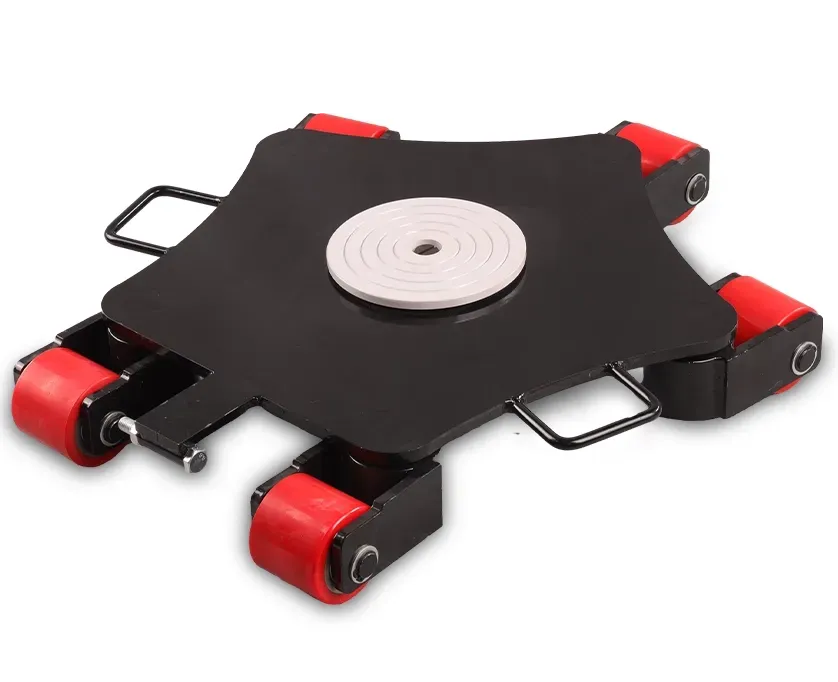Versatile Lifting Solutions with Adjustable Crane Technologies for Enhanced Construction Efficiency
The Importance of Adjustable Cranes in Modern Industries
In today's fast-paced industrial landscape, the need for versatile and efficient material handling solutions has never been more critical. Adjustable cranes, often recognized for their flexibility and adaptability, have emerged as crucial tools in various sectors, including construction, manufacturing, and logistics. This article will explore the importance of adjustable cranes, their design features, applications, and the advantages they bring to businesses.
Understanding Adjustable Cranes
Adjustable cranes are cranes that can be modified to suit different lifting needs and operational environments. Unlike fixed cranes, which operate within a defined range, adjustable cranes offer the ability to change their height, reach, and lifting capacity. This versatility makes them ideal for a variety of tasks, from hoisting heavy loads in construction sites to managing inventory in warehouses.
Key Design Features
The design of adjustable cranes typically incorporates several key features to enhance their functionality
1. Adjustable Height Many adjustable cranes come with telescopic masts or booms that can be extended or retracted as needed. This feature allows operators to reach different heights while also adhering to safety regulations.
2. Rotatable Bases Some models include a 360-degree rotating base, enabling operators to lift and move objects from various angles without repositioning the entire crane. This flexibility is particularly advantageous in tight spaces.
3. Smart Control Systems Modern adjustable cranes are often equipped with advanced control systems, including remote operation capabilities and load monitoring sensors. These technologies enhance precision and safety, reducing the risk of accidents during lifting operations.
4. Versatile Attachments Adjustable cranes can be equipped with various attachments, such as hooks, clamps, and buckets, making them suitable for a range of tasks beyond just lifting.
Applications Across Industries
adjustable crane

The adaptable nature of adjustable cranes allows them to be employed across multiple industries. In construction, they are essential for erecting structures, lifting heavy materials, and assisting in the assembly of prefabricated components. The construction industry benefits from their ability to reach high elevations and maneuver around obstacles on-site.
In manufacturing, adjustable cranes facilitate the movement of raw materials and finished products along assembly lines. They streamline processes and improve efficiency by minimizing the need for manual handling.
Logistics and warehousing benefit significantly from these cranes as well. They can efficiently stack goods, retrieve items from high shelves, and organize inventory, leading to improved space utilization. Their adjustable features allow for handling a diverse range of products, accommodating varying sizes and weights.
Advantages of Using Adjustable Cranes
The advantages of using adjustable cranes in industrial applications are substantial
1. Increased Efficiency Adjustable cranes improve workplace productivity by speeding up the lifting and moving processes. This efficiency is especially important in industries where time is money.
2. Cost-Effectiveness Investing in adjustable cranes can lead to reduced labor costs. With their ability to handle various tasks, businesses can minimize the need for multiple pieces of equipment, ultimately saving on expenses.
3. Enhanced Safety With built-in safety features and smart control systems, adjustable cranes reduce the risk of accidents. They help ensure that loads are lifted correctly, minimizing the chances of drops or injuries.
4. Space Optimization Their ability to reach various heights and adapt to different layouts makes adjustable cranes invaluable in maximizing available space, particularly in warehouses and manufacturing plants.
Conclusion
Adjustable cranes are indispensable assets in the contemporary industrial world. Their versatility, advanced technology, and efficiency make them suitable for a myriad of applications across diverse sectors. As industries continue to evolve, the reliance on adaptable equipment like adjustable cranes will only grow, propelling businesses toward increased productivity, safety, and effectiveness. Investing in these cranes not only offers operational advantages but also positions companies at the forefront of innovation in material handling.
-
Unlock Seamless Relocation with Our Heavy Equipment Moving ExpertiseNewsJun.06,2025
-
Unleash Unrivaled Flexibility with Our Adjustable Gantry CraneNewsJun.06,2025
-
Unleash Heavy-Duty Efficiency with Our Industrial Gantry Crane SolutionsNewsJun.06,2025
-
Revolutionize Steel Handling with Our Magnetic Lifter RangeNewsJun.06,2025
-
Master Equipment Mobility with Premium Machinery Mover SolutionsNewsJun.06,2025
-
Elevate Your Material Handling with Magnetic Lifter TechnologyNewsJun.06,2025
-
YS Permanent Lifting Magnets: The Smarter Way to Handle SteelNewsMay.22,2025
